lesson 5: Modifiers | ike | jaki | lawa | len | lili | mute |  |  |  |  |  |  | | | | | | | | nasa | seli | sewi | tomo | utala | |  |  |  |  |  | | compound nouns If you feel you are starting to understand how to stack your glyph blocks, adding modifiers shouldn't be too hard. Let's look at jan Pije's example, building up to "this good soldier" | jan | 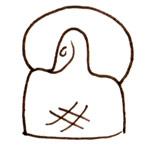 | | jan utala | 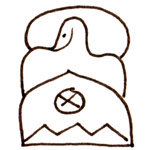 | | jan utala pona | 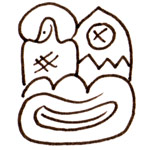 | | jan utala pona ni | 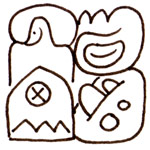 | | This compound noun block is equally at home as the subject, or direct object: | jan utala pona ni li lawa. | 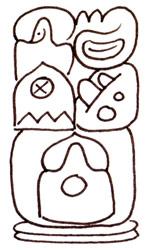 | | mi lawa e jan utala pona ni. | 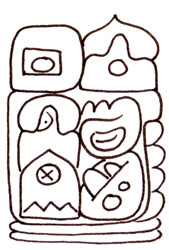 | | In chapter two we talked about tucking glyphs behind others. Look how well this works for the combination jan utala in the examples above. | short blocks: lili and mute Lili and mute are wider and shorter than some of the more square glyphs. As modifiers this can work to your advantage, as they don't take up too much space: | jan lili | 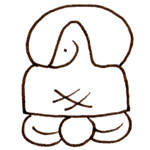 | | tomo mute | 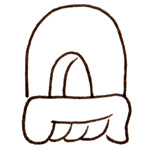 | | jan nasa mute | 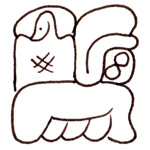 | | thin blocks: ni Remember in lesson 1 we said syllalble glyphs can be used instead of glyph blocks? As a glyph block, ni is pretty square, but as a syllable it is tall and thin. This can be useful when ni is used as a modifier: | len ni |  | | ilo seli ni | 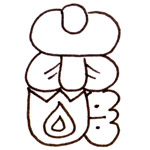 | | telo nasa ni | 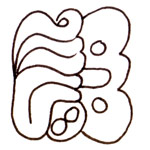 | | stretching and squishing blocks Maybe you have started to notice, glyph blocks have a little bit of give to them. They can stretch or squish in order to maintain a square shape in a multi-block structure. If you understand how to tuck one glyph behind another, to stretch or squish glyphs, and use short and thin blocks, you will see just how many different arrangements there are for compound blocks. Here are seven different ways to arrange ma ike jaki ni. Which one you would want to choose would depend on the how well it fits in the rest of the sentence: | ma ike jaki ni |  | | ma ike jaki ni |  | | ma ike jaki ni |  | | ma ike jaki ni |  | | ma ike jaki ni | 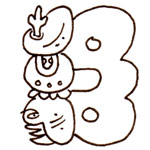 | | ma ike jaki ni |  | | ma ike jaki ni |  | | |